Pavers are a great addition to your patios, backyards, and gardens. Sealing paving stones requires essential materials such as sand for proper installation. That being said, can play sand be used for pavers? Read on since we have researched which type is the most viable option.
Play sand is filtered, and the composition is altered mechanically through water pressure treatment. The resulting material is too fine and light to be used effectively for pavers. Concrete or polymeric sand creates better stability and stronger support for paving tiles or stones.
There are different types of sand used for specific construction works. In this article, we will provide you with a comprehensive explanation of sand and its classifications, the difference between play and paver sand, and their uses and general application to help you decide which one to use.
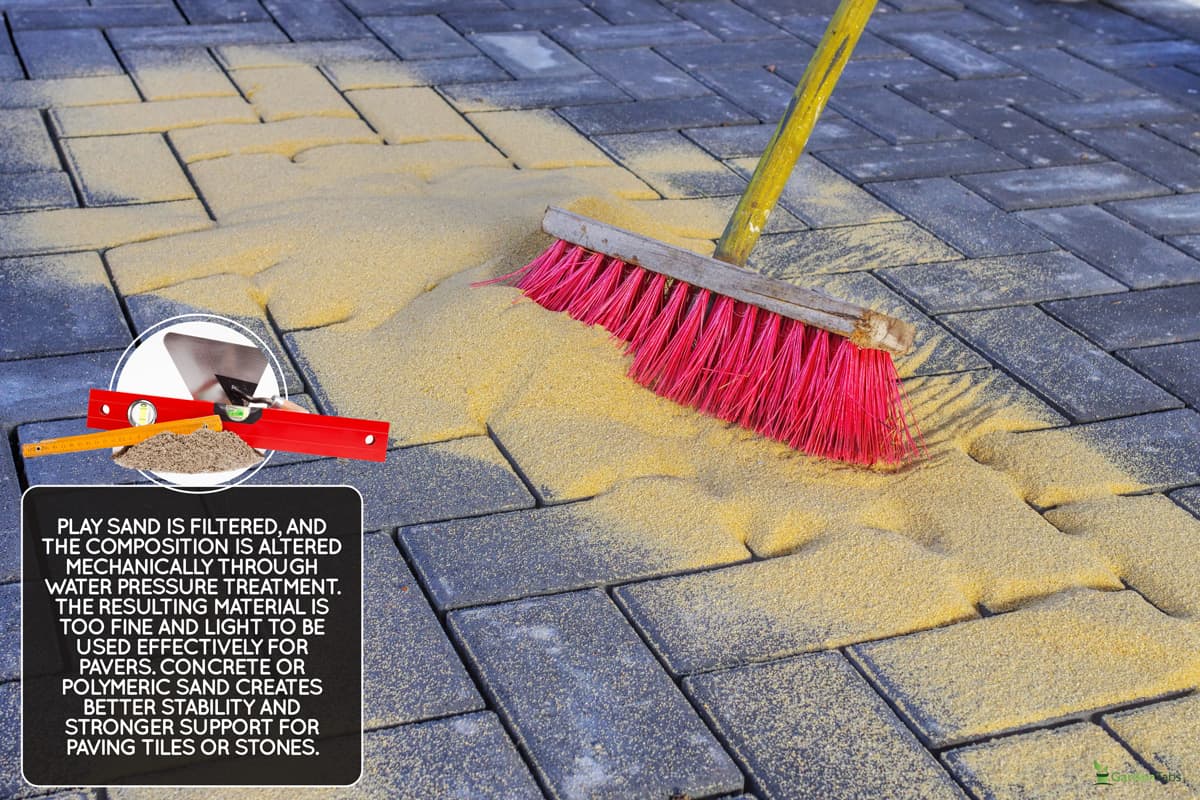
Types of Sand
Sand is a mixture of small grains of rock produced by weathering and erosion. Quartz is the most common mineral found in sand; it does not decompose easily and is water insoluble.
Sand is classified into three types according to the grain's size.
- Fine sand is obtained in riverbeds and has relatively refined granules, making it ideal for plastering walls, ceilings, and other decorative elements.
- Moderately coarse sand has rough, angular, and sharp particles. Because of its composition, it is usually added to cement and masonry works.
- Coarse sand has grains that are relatively larger and sharper, making it the most recommended material for construction. Manufactured sand has composition relative to the qualities and characteristics of this classification.
It is however important to note that particles acquired in seashores have very fine grains which have high salt content and are comprised of minerals and marine compositions (decomposed fish and corals).
Sea sand is not suitable and is never used for any construction purposes and engineering structures since it has relatively low tensile strength.
Paving Sand
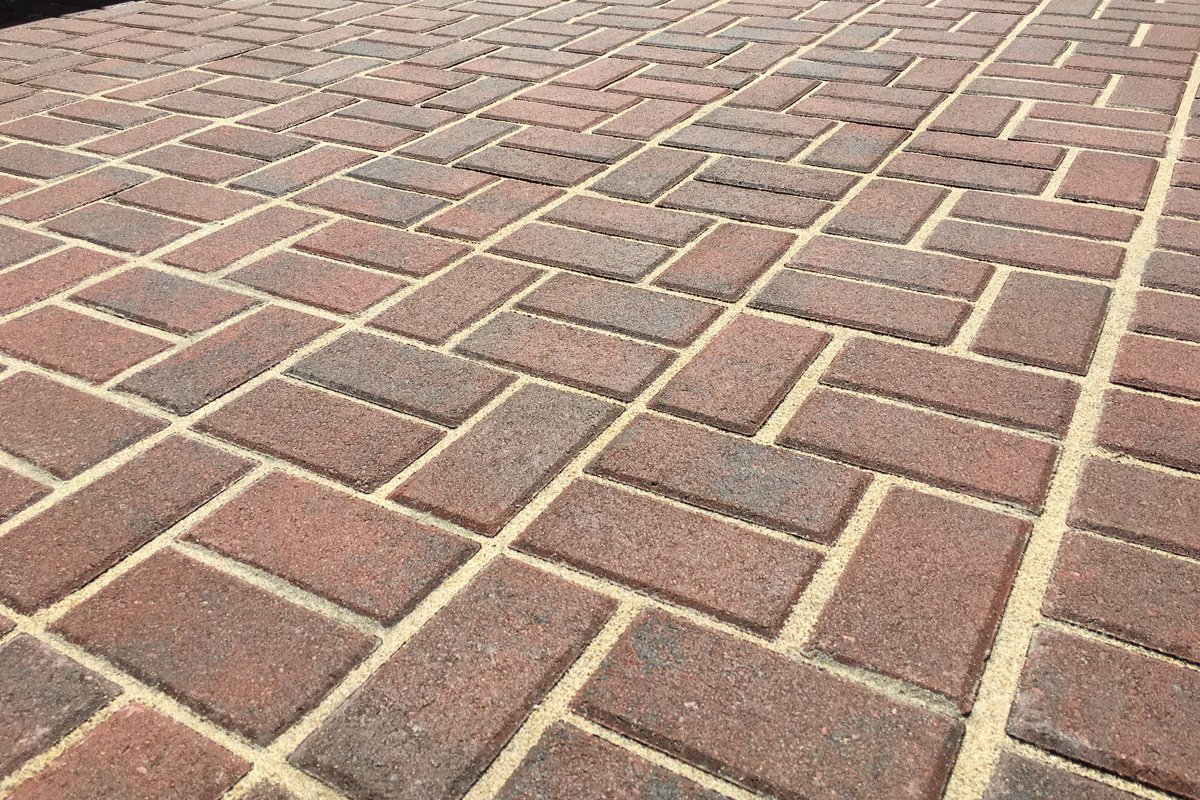
Paving stones, tiles, or bricks are the preferred materials for walkways, patios, and garden paths that enhance the overall appeal of lawns and yards. They are set in a stable, firm matrix or foundation, and the gaps or joints are filled with sand to create a uniform finish and solidify the structure between the individual pavers.
Sand fillers are used to fill gaps or joints in order to maintain the stones' stability, and to prevent weed growth and insect infestation that could otherwise damage or crack the pavers.
Paving sand is actually a general term that refers to the fillers used between various materials. There are several types of sand that vary in texture, grain size, and usage.
1. Concrete Sand
Concrete sand, interchangeably referred to as joint or leveling sand, is the ideal material for filling the joints between pavers. The grains are extremely coarse and irregular that they interlock after being compacted.
As a result, they do not shift and stay in place. Due to their weight, they are not displaced by strong winds or rain. Their relatively more porous composition allows adequate drainage that prevents water from pooling on the paver surface.
2. Polymeric Sand
Polymeric sand is a manufactured product that features a bonding component. It is applied similarly to ordinary sand to fill gaps but the mixture hardens when water is introduced.
This results in a fixed or set matrix that supports the pavers and keeps them in place. It prevents the growth of weeds which usually displace the tiles, stones, and bricks.
Since the sand is sealed or cemented in place, polymeric application needs less maintenance and the gaps or paver joints remain intact up to 10 years. The only downside is its price. While a 50-pound bag of ordinary sand costs $2 to $4, its polymeric equivalent can range from $20 to $40.
Check out 40 Pound Titanium Gray Polymeric Sand on Amazon.
Application
Whether using concrete or polymeric sand, fill the gaps evenly up to the level of the pavers using a push-broom. Remove all excess material and give the fillers enough time to set and compact. Add more sand if the gaps are not filled in all the way.
With the polymeric variety, you need to add water to activate the compound and solidify it. Mist the mixture thoroughly and cure for a period of at least 24 hours before using the paver surface.
Depending on actual usage, foot traffic, weather conditions, and other factors, concrete sand may have to be reapplied every two years on average. Polymeric based matrix can last up to 10 years or more.
Play Sand
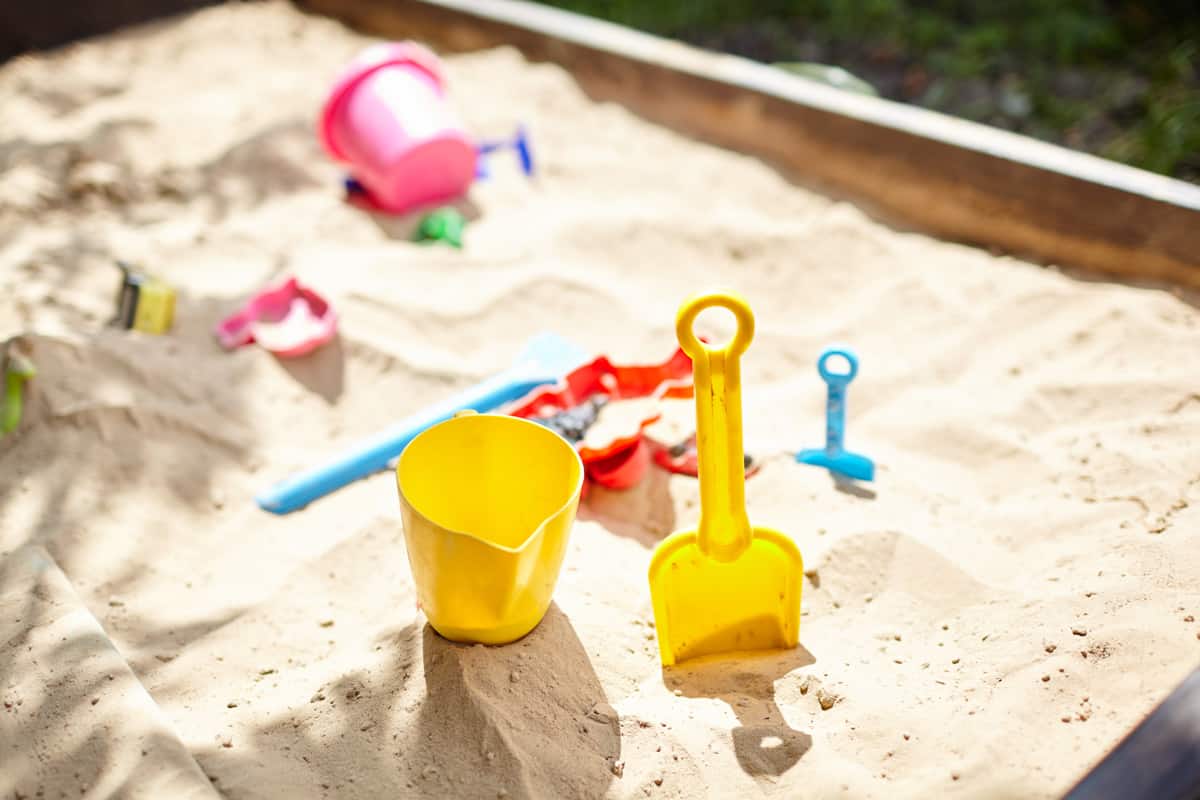
Play sand is a classification of sand which has undergone a preparation process that generally modifies its composition to make it a safe playing material. Due to that procedure, the product itself cannot be used to stabilize pavers and prevent movement since they are too light and refined.
Other than that, the grains cannot hold and absorb water, and as such, they are easily washed away. Here is a comprehensive explanation of its composition, preparation process, and application.
Composition
Being a natural element, sand is formed when rocks and minerals corrode into tiny particles because of exposure to environmental conditions – the process can take over thousands and even millions of years.
That being said, sand is found in river beds and is acquired through the quarrying process. The grains contain elements that are proven to be harmful and toxic to humans in large quantities – this includes silica and iron oxide.
Preparation Process
The grains feature rough and sharp edges that can otherwise harm kids when used as a playing material. After being quarried, sand is transported and processed, where it undergoes several stages in order to make the product a safe alternative.
Sand is thoroughly washed to completely eliminate iron oxide that causes the product to stain or color. After that, the water pressure is gradually increased to remove harmful residues, softening the grain’s edges and ensuring the fragments are rounded and refined.
Refined sand is relatively safer for children since the particle is thoroughly sifted to remove any harmful residues. Since the natural minerals have been removed, the quality of the material is reduced, and it can no longer be used for paving stones.
Application
It is not advisable to utilize play sand to seal pavers since its composition has been thoroughly refined. Play sand is primarily used for recreational purposes such as arts and crafts and filling a sandbox and volleyball pit.
Check out Earthborn Play Sand on Amazon.

What Is The Difference Between Play And Paver Sand?
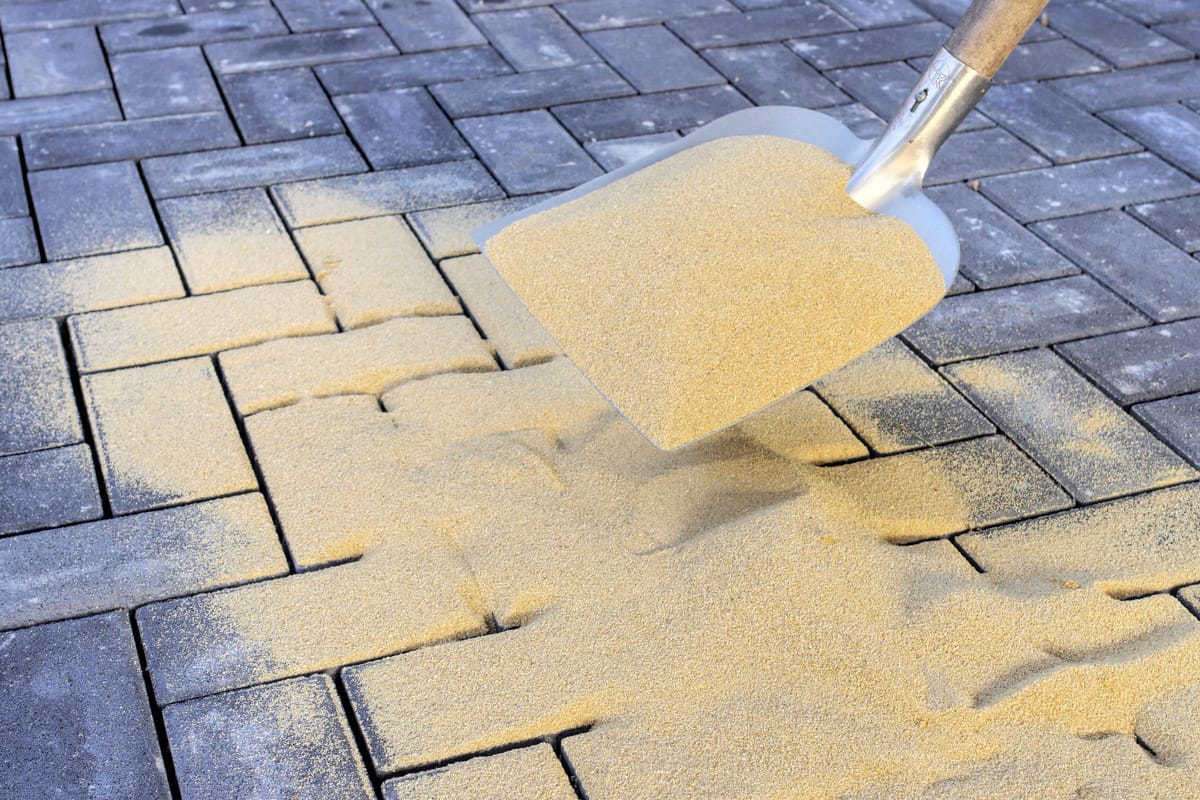
The difference between the two lies in their usage and composition. Play sand has to be sifted and processed for safety reasons since raw sand contains quartz and other minerals that may be harmful to humans in large quantities.
Since it is thoroughly refined, play sand is actually not an ideal alternative for any construction work. Its tensile strength along with its structural quality has been proven to be less effective. The material will easily dissolve when exposed to high water volume.
On the other hand, paver sand has natural coarse grains that are specifically used for construction, depending on its classification. Water contact will only cause the particles to clump, and therefore maintain the stone's foundation and stability.
When used as a filler, paver sand has interlocking grains that prevent the particles from being easily displaced by wind, rain, and other weather conditions.
If your main concern is the material's tensile strength and overall structural capacity, then paver sand is the more viable option between the two.
Can I Use Regular Sand Between Pavers?
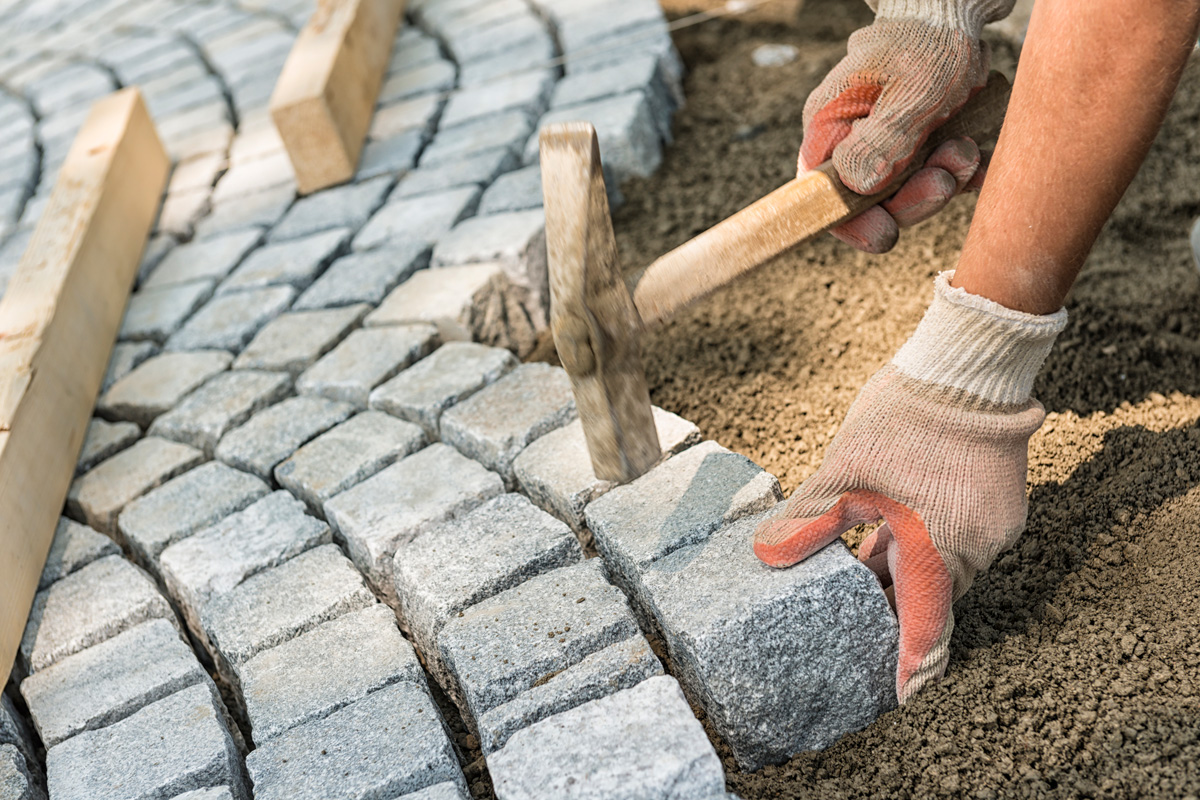
Regular sand generally has the same natural composition as paving sand. It can be used to fill the gaps in between stones as long as the grains are coarse. Keep in mind that the rougher and sharper the particles, the higher the tensile strength it possesses.
In Closing
It is not advisable to use play sand for pavers since the grains are too light and smooth that they are easily displaced and shift. Concrete or polymeric sand is the proper material to apply. The great difference in the cost of each may be your ultimate consideration, but we hope you have found the post helpful and comprehensive.
You might also find these topics informative:
Polymeric Sand Vs. Mortar: Which To Choose For Your Project
Plants For Shallow Soil Over Concrete [17 Ideas For Your Landscaping]

